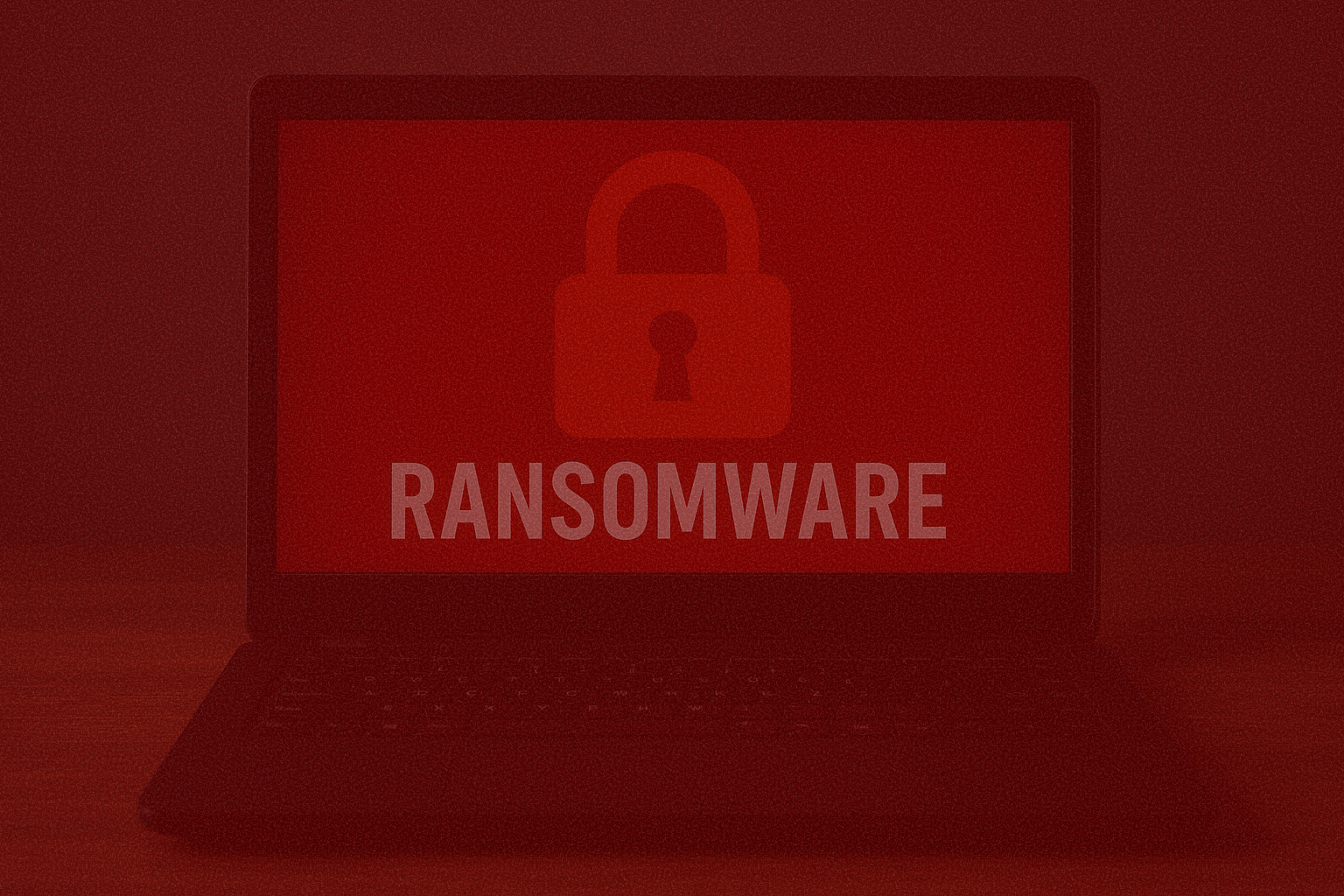Ransomware attacks are on the rise, hitting businesses of every size—and medical offices are especially at risk. In fact, the healthcare industry has historically been one of the most targeted sectors for cyberattacks due to outdated systems and sensitive patient data.
I remember back in my early IT days when ransomware first became a huge problem. At the time, many medical offices were still running Windows XP, an operating system Microsoft had already retire
d. The situation became so severe that Microsoft was forced to release an emergency security patch for this end-of-life system. That moment was a wake-up call for the industry—and ransomware hasn’t gone away since.
What Are Ransomware Attacks?
A ransomware attack occurs when malicious software infects your system, encrypts your files, and demands a payment (often in cryptocurrency) to unlock them. Victims typically see a ransom note and a countdown timer warning that their data will be deleted or the ransom will increase if payment isn’t made.
The problem is, even if you pay, there’s no guarantee you’ll ever get your files back. Many attackers simply take the money and disappear. That’s why prevention is far more important than negotiation.
Ransomware continues to thrive because it works—businesses panic, pay the ransom, and keep attackers in business. But there are several steps you can take to protect yourself.
Strengthen Email Security
The number one way ransomware spreads is through phishing emails. Attackers disguise malicious attachments (like a fake PDF that’s really an executable .exe file) and trick users into opening them.
Here are a few ways to stay safe:
- Use a strong email security gateway or filtering tool to block malicious attachments.
- Deploy antivirus or endpoint protection that scans incoming emails for hidden threats.
- Encourage employees to double-check suspicious messages before clicking any links or downloading files.
Perform Frequent Backups
One of the best defenses against ransomware is a solid backup strategy. Back up your systems at least once a day, and store those backups securely (preferably offsite or in the cloud).
If ransomware ever locks down your files, you can simply wipe the infected machine, reinstall Windows, and restore everything from backup—without paying a cent to attackers.
Invest in Security Awareness Training
Technology can only go so far. Your employees are often your first line of defense against cyberattacks. If they know how to spot suspicious emails, avoid plugging in unknown USB drives, and follow safe browsing habits, the chances of ransomware slipping through drop dramatically.
Make training a regular part of your business. The more informed your team is, the less likely they are to make a costly mistake.
Never Pay the Ransom
It’s tempting to think paying the ransom will solve everything, but it only fuels the problem. Attackers launch these campaigns because enough victims pay to make it profitable. By refusing to pay, you’re not only protecting your business—you’re helping stop the cycle for others too.
As an IT professional, I’ve seen countless ransomware attempts, and the businesses that survive them best are the ones that plan ahead with backups, training, and security tools.
Closing Thoughts
Ransomware has forever changed the cybersecurity landscape, but it doesn’t have to devastate your business. By strengthening email security, backing up regularly, training your staff, and refusing to pay attackers, you can dramatically reduce your risk.
If you’re a small medical office—or any small business—looking for reliable IT support and protection, I’d be happy to help. Reach out anytime at contact@starman.tech and let’s make sure ransomware never interrupts your business.

Leave a Reply